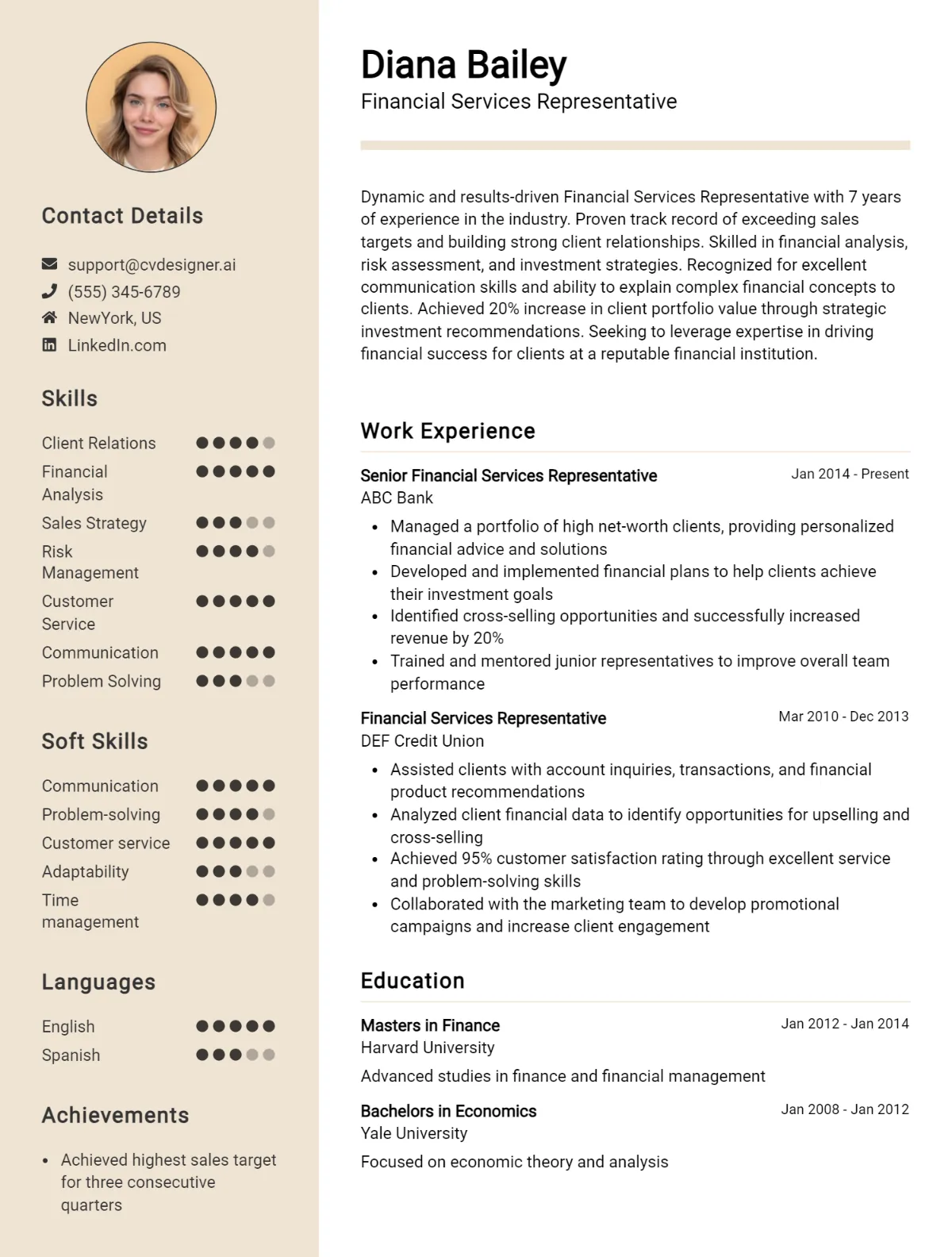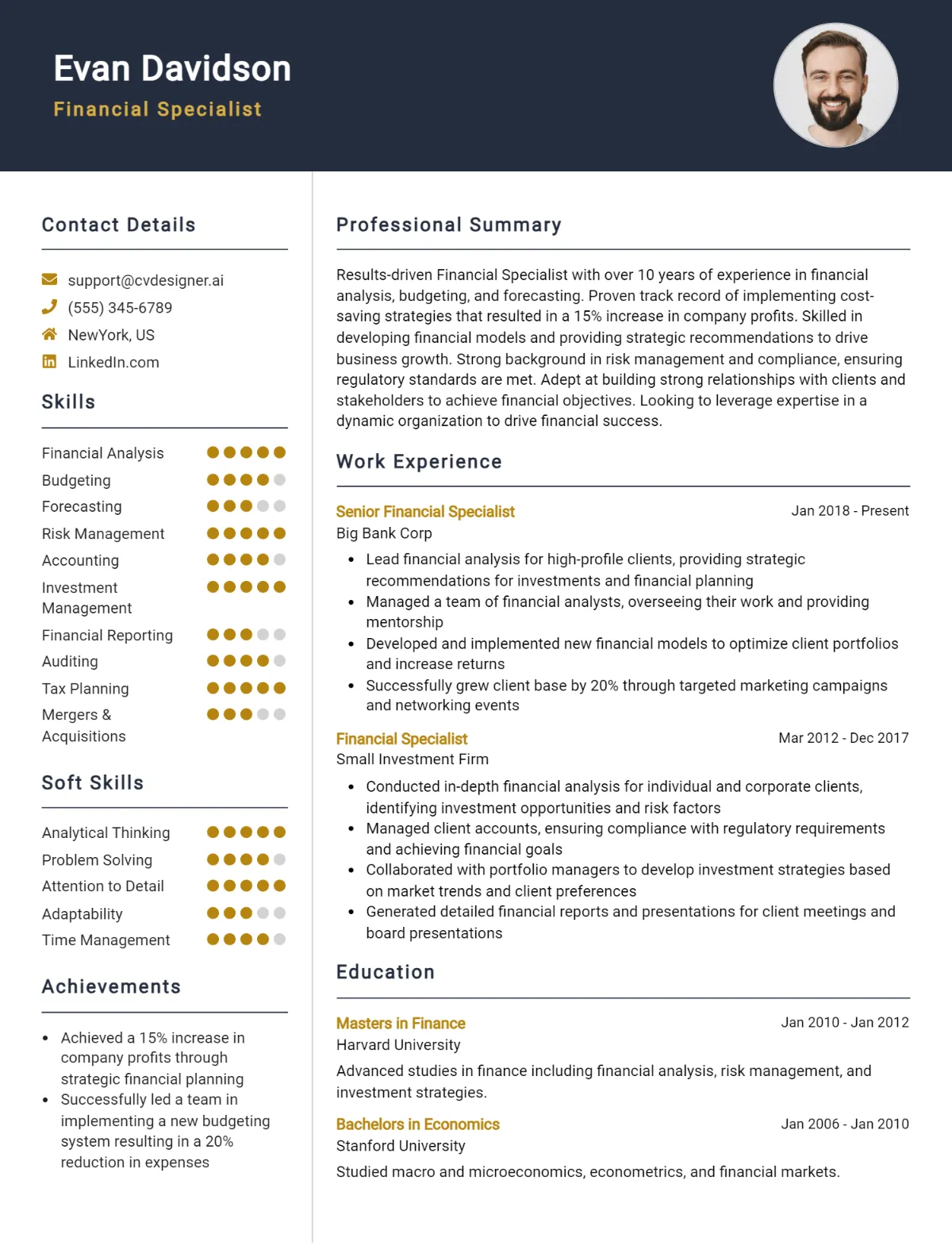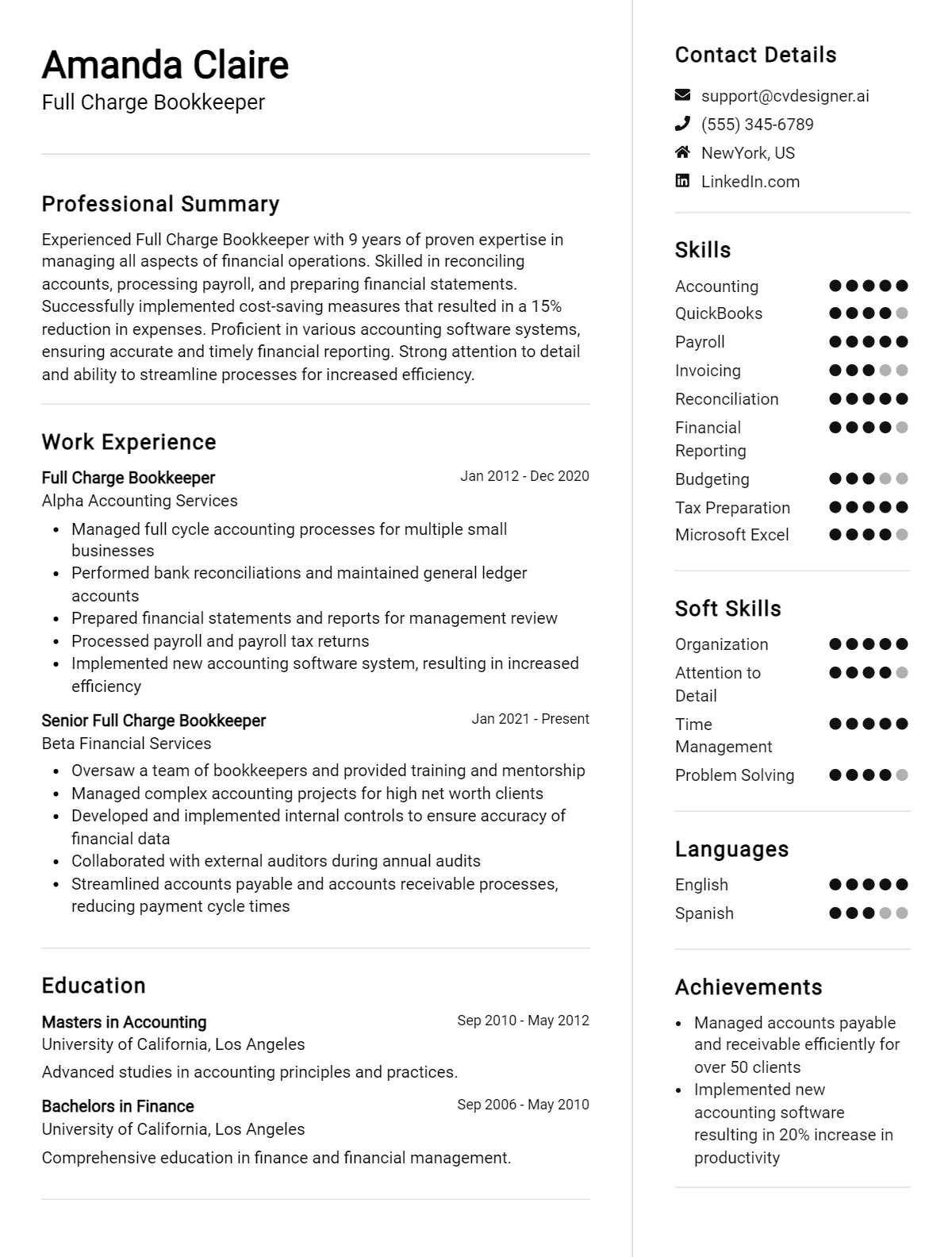In today’s competitive job market, a well-crafted resume is your ticket to standing out among countless applicants. It’s not just about listing your job history—it’s about showcasing your skills, achievements, and the value you bring to a potential employer. In this article, we’ll explore 15 actionable resume writing tips that will help you craft a compelling resume. These tips are designed to enhance every aspect of your resume, from formatting to content, ensuring you make the best possible impression.
1. Tailor Your Resume to the Job Description
Understanding the Job Requirements
One of the biggest mistakes job seekers make is using the same resume for every application. While it may save time, it significantly reduces your chances of landing the job. Employers are looking for candidates who meet specific requirements, and if your resume doesn’t reflect these, it’s likely to be overlooked. The first step in tailoring your resume is to thoroughly understand the job description. This means identifying the key skills, qualifications, and experiences that the employer is seeking.
Using Relevant Keywords
Keywords are not just buzzwords—they are essential to getting your resume noticed, especially by Applicant Tracking Systems (ATS). ATS software scans resumes for specific terms related to the job, so incorporating relevant keywords is crucial. These keywords often include job titles, skills, and industry-specific terms. Make sure these keywords are naturally integrated into your resume, particularly in the skills, experience, and summary sections.
Example:
Before Tailoring:
- Managed projects and teams.
After Tailoring:
- Managed cross-functional teams and led Agile project management initiatives, resulting in a 15% increase in productivity.
In the tailored example, the keywords “cross-functional teams,” “Agile project management,” and “productivity” align with what an employer might be seeking.
Pro Tip: Use our resume builder to customize your resume quickly for each job application.
2. Highlight Your Key Achievements
Focusing on Results, Not Just Responsibilities
While it’s important to list your job responsibilities, what really catches an employer’s eye are your achievements. Instead of merely stating what you did, focus on what you accomplished. Highlighting achievements shows potential employers the value you bring and how you’ve made a difference in previous roles.
Using Metrics and Numbers
Quantifying your achievements with metrics makes them more tangible and impressive. Numbers provide context and scale to your accomplishments, making them more impactful. For example, rather than saying you “improved sales,” specify by how much: “Increased sales by 25% over six months by implementing targeted marketing strategies.”
Example:
Before:
- Improved customer service.
After:
- Improved customer service satisfaction scores by 20% through the introduction of a new training program for front-line staff.
The revised example is more powerful because it includes a measurable result.
Pro Tip: Browse our resume examples for more ways to present your achievements effectively.
3. Keep It Concise and Focused
The Ideal Resume Length
Your resume should be a concise document that presents the most relevant information. For most professionals, a one-page resume is sufficient. However, if you have extensive experience, a two-page resume may be appropriate. The key is to ensure that every word on your resume adds value and directly relates to the job you’re applying for.
Avoiding Irrelevant Information
Including irrelevant information can clutter your resume and detract from your key selling points. Focus on the most recent and relevant experiences, skills, and achievements. For example, if you’re applying for a marketing role, your experience as a cashier during college might not be necessary unless it involved relevant skills like customer service or sales.
Example:
Before:
- Included details about high school achievements and unrelated work experience.
After:
- Focused solely on recent professional experience and skills relevant to the job.
By eliminating unnecessary details, your resume becomes more streamlined and impactful.
Pro Tip: Use our cv builder to help you trim down your resume and keep it focused.
Use our Best Resume Templates
Discover our top-tier Resume templates, meticulously designed to make a lasting impression. Choose from a variety of professional layouts to enhance your career prospects.
4. Use a Clean and Professional Format
Importance of Visual Appeal
The format of your resume is just as important as the content. A clean, professional format makes your resume easier to read and more visually appealing, which can keep a hiring manager’s attention longer. Avoid overly complex designs that might distract from the content, and stick to a simple, elegant layout that highlights your most important information.
Choosing the Right Font and Style
Choose a standard, professional font like Arial, Calibri, or Times New Roman. Font size should generally be between 10 and 12 points, with headings slightly larger. Consistent use of bold and italics can help to emphasize key sections or points, but be careful not to overdo it. Use bullet points to list responsibilities and achievements for clarity.
Example:
Before:
- A resume with multiple fonts, colors, and inconsistent spacing.
After:
- A streamlined resume with a single font, consistent spacing, and clear headings.
The after example is not only easier to read but also looks more professional.
Pro Tip: Explore our resume templates to find a design that suits your style while maintaining a professional appearance.
5. Showcase Your Skills Effectively
Balancing Hard and Soft Skills
A strong resume includes a balance of hard (technical) and soft (interpersonal) skills. Hard skills demonstrate your ability to perform specific tasks, while soft skills show how you interact with others. Employers are looking for candidates who not only have the technical know-how but also fit well within the company culture.
Placing Skills in Context
Rather than just listing your skills, integrate them into your work experience. This approach allows you to demonstrate how you’ve applied your skills in real-world situations. For example, instead of simply listing “Project Management,” you might say, “Managed a team of 10 in the development of a new software product, completing the project two weeks ahead of schedule.”
Example:
Before:
- Skills section: “Teamwork, Communication, Leadership”
After:
- Experience section: “Led a cross-functional team of 10, improving interdepartmental communication and increasing project completion rates by 15%.”
The after example shows how these skills were applied, making them more meaningful.
Pro Tip: Check out our cv examples to see how other professionals showcase their skills in context.
6. Use Action Verbs
The Power of Action-Oriented Language
Action verbs make your resume more dynamic and engaging. Instead of passive phrases like “responsible for” or “tasked with,” use strong action verbs that convey your active role in achieving results. Words like “led,” “developed,” “implemented,” and “increased” demonstrate initiative and impact.
Replacing Weak Phrases with Strong Verbs
Revamp your resume by replacing weak, passive phrases with strong, active verbs. This simple change can significantly enhance the energy and clarity of your resume, making it more compelling to potential employers.
Example:
Before:
- “Was responsible for managing a team.”
After:
- “Led a team of 12 to achieve a 30% increase in productivity.”
The after example is more impactful because it uses strong verbs and quantifies the achievement.
Pro Tip: For more examples of action-oriented language, browse our resume examples.
7. Quantify Your Achievements
The Importance of Numbers
Including numbers and metrics in your resume can turn a generic statement into a powerful achievement. Numbers provide context and scale, making your accomplishments more concrete and impressive. Whether it’s percentages, dollar amounts, or time saved, quantifying your results can make a significant difference.
Including Metrics Where Possible
Look for opportunities to quantify your achievements in every job role. For example, if you improved efficiency, how much time or money did that save? If you managed a budget, how large was it? If you increased sales, by what percentage? These details can set you apart from other candidates.
Example:
Before:
- “Improved sales through customer engagement.”
After:
- “Increased sales by 20% in six months by implementing targeted customer engagement strategies.”
The after example is more persuasive because it quantifies the result, making it clear and measurable.
Pro Tip: Use our resume builder to easily add metrics to your achievements.
8. Focus on Relevant Experience
Prioritizing Recent and Relevant Roles
When listing your work experience, prioritize recent and relevant roles that are most applicable to the job you’re applying for. If you have a long work history, you don’t need to include every job you’ve ever had. Focus on the roles that best showcase your skills and achievements related to the current opportunity.
Dealing with Employment Gaps
Employment gaps can be a concern, but they don’t have to be a dealbreaker. If you have gaps in your employment history, be prepared to explain them positively. For example, if you took time off to further your education, engage in freelance work, or travel, mention it briefly in your resume or cover letter.
Example:
Before:
- Listing all roles chronologically without considering relevance to the current job.
After:
- Highlighting the most relevant positions and skills while omitting or summarizing less relevant roles.
This approach ensures that your resume is focused and aligned with the job you’re applying for.
Pro Tip: Explore our cv templates to find a layout that allows you to emphasize your most relevant experience.
9. Tailor Your Resume for ATS
Understanding Applicant Tracking Systems
Applicant Tracking Systems (ATS) are used by many employers to filter resumes before they reach a human recruiter. These systems scan resumes for specific keywords and formats, so it’s crucial to tailor your resume to pass through ATS successfully. If your resume isn’t optimized for ATS, it might be rejected before it even gets a chance to be reviewed by a hiring manager.
Making Your Resume ATS-Friendly
To make your resume ATS-friendly, use standard fonts and formats, include relevant keywords from the job description, and avoid using images, graphics, or unusual layouts that might confuse the system. It’s also important to use clear headings and straightforward language.
Example:
Before:
- A visually complex resume with graphics and non-standard fonts.
After:
- A simplified, text-based resume with relevant keywords and a standard format.
The after example is more likely to pass through ATS and reach a human recruiter.
Pro Tip: Use our resume builder to create an ATS-friendly resume that still looks great.
10. Include a Strong Summary or Objective
Crafting a Compelling Introduction
Your resume summary or objective is your first opportunity to make an impression. This section should be a concise, compelling introduction that highlights your most important qualifications and aligns with the job you’re applying for. A strong summary or objective can grab a recruiter’s attention and encourage them to read further.
Tailoring Your Summary to the Job
Tailor your summary or objective to the specific job you’re applying for. Focus on the skills, experiences, and achievements that make you an ideal candidate for that role. Avoid generic statements that could apply to any job.
Example:
Before:
- “Looking for a challenging role where I can utilize my skills.”
After:
- “Experienced marketing professional with over 8 years of experience in digital strategy and content creation, seeking to leverage expertise in SEO and social media marketing to drive brand growth at [Company Name].”
The after example is specific, relevant, and tailored to the job, making it more effective.
Pro Tip: Browse our cover letter templates for more inspiration on crafting compelling introductions.
11. Highlight Transferable Skills
Importance of Transferable Skills
Transferable skills are those that are valuable across different jobs and industries. They include abilities like communication, leadership, and problem-solving, which are crucial in almost any role. Highlighting these skills on your resume can demonstrate your versatility and adaptability, making you a more attractive candidate.
Identifying Your Transferable Skills
To identify your transferable skills, think about the tasks and responsibilities in your previous roles that could apply to the new position. These might include skills like project management, teamwork, or data analysis. Emphasize these skills, particularly if you’re changing industries or roles.
Example:
Before:
- Listing only job-specific skills without considering broader applications.
After:
- Highlighting transferable skills such as “Leadership,” “Project Management,” and “Critical Thinking,” with examples of how they were applied in different contexts.
By focusing on transferable skills, you can appeal to a wider range of employers.
Pro Tip: Check out our cv builder to create a resume that highlights your most valuable transferable skills.
12. Proofread and Edit Thoroughly
The Impact of Typos and Errors
Even the smallest typo or grammatical error can detract from your professionalism and attention to detail. A resume with errors can quickly be discarded by hiring managers who expect accuracy and precision from potential employees. Thorough proofreading and editing are crucial steps in finalizing your resume.
Tips for Effective Proofreading
Proofreading your resume involves more than just running it through a spell checker. Read your resume out loud to catch awkward phrasing, have a friend or colleague review it for clarity, and take breaks between editing sessions to see it with fresh eyes.
Example:
Before:
- A resume with a few minor typos and inconsistent punctuation.
After:
- A meticulously proofread resume with no errors, consistent formatting, and clear, concise language.
The after example demonstrates professionalism and attention to detail.
Pro Tip: Use tools like Grammarly or Hemingway Editor to help catch mistakes you might overlook.
13. Use a Professional Email Address
Importance of Professional Contact Information
Your contact information is one of the first things a recruiter will see, so it’s essential that it reflects professionalism. An email address that is too casual or humorous might make a poor first impression. Ensure that your email address is simple and professional, ideally using a format like firstname.lastname@example.com.
What to Avoid in Your Email Address
Avoid using email addresses that include nicknames, numbers, or phrases that could be seen as unprofessional. If necessary, create a new email account specifically for your job search.
Example:
Before:
- Email: funstar123@example.com
After:
- Email: john.doe@example.com
The after example is straightforward and professional, making a better impression on potential employers.
Pro Tip: Make sure your LinkedIn profile and other contact details are up to date and consistent with your resume.
14. Update Your Resume Regularly
Keeping Your Resume Current
Your resume should be a living document that evolves as you gain new experiences and skills. Regularly updating your resume ensures that you’re always ready to apply for new opportunities, and it prevents the need for a major overhaul when you’re actively job hunting.
What to Update
Review your resume every few months to add any new responsibilities, achievements, or skills. Remove outdated information that no longer reflects your current career goals. This practice ensures that your resume remains relevant and competitive.
Example:
Before:
- A resume that hasn’t been updated in two years, missing recent job roles and skills.
After:
- A regularly updated resume that includes the latest roles, achievements, and training.
The after example reflects a proactive approach to career management and preparedness.
Pro Tip: Use our resume builder to keep your resume up to date with minimal effort.
15. Use a Cover Letter to Complement Your Resume
Enhancing Your Application
A cover letter provides an opportunity to expand on the information in your resume and explain why you’re the perfect fit for the role. It complements your resume by providing context, highlighting your enthusiasm for the position, and demonstrating your communication skills.
Tailoring Your Cover Letter
Just like your resume, your cover letter should be tailored to the job. Address the hiring manager by name, if possible, and explain how your skills and experiences align with the company’s needs. Use the cover letter to tell your story and make a personal connection.
Example:
Before:
- A generic cover letter that could apply to any job.
After:
- A tailored cover letter that addresses the specific requirements of the job and expresses genuine interest in the company.
The after example is more likely to engage the reader and make your application stand out.
Pro Tip: Use our cover letter builder to craft a personalized cover letter that enhances your resume.
Conclusion
Your resume is more than just a list of your work history—it’s a marketing tool that showcases your skills, achievements, and potential. By following these 15 resume writing tips, you can create a resume that not only passes through Applicant Tracking Systems but also impresses hiring managers and helps you land the job you want. Remember to tailor your resume to each job, focus on quantifiable achievements, and keep your content concise and relevant. With a well-crafted resume, you’ll be well on your way to achieving your career goals.
Start crafting your standout resume today using our resume builder and resume templates to ensure you present yourself in the best possible light.








